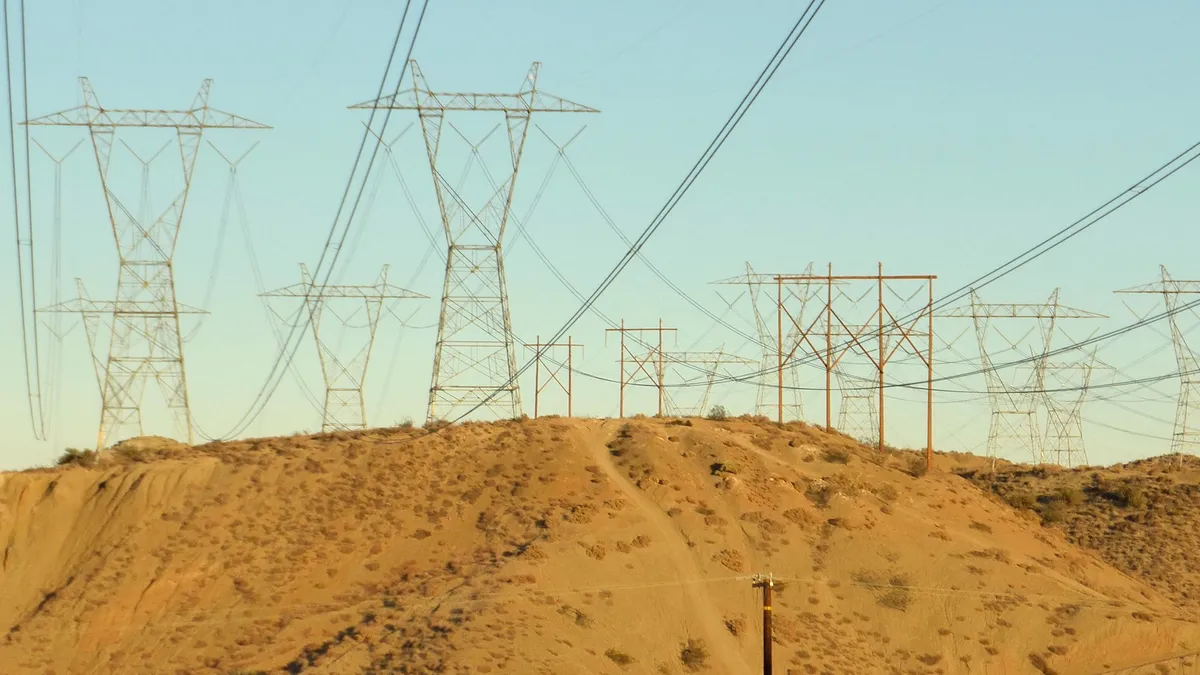Dive Brief:
- The California Public Utilities Commission on Thursday created a new proceeding that will focus on modifying electric rates to create more demand flexibility, which will in turn help ensure the reliability of the state’s grid.
- As part of the rulemaking, regulators will look into updating rate design principles and create guiding principles for demand flexibility, and work to streamline California’s current patchwork of rates and demand response programs, according to the CPUC.
- “The CPUC has done a great deal of work on demand response and price signals, and it has been challenging – and with that experience, we are well positioned to go farther and be smarter about our approach,” CPUC President Alice Reynolds said at the agency meeting.
Dive Insight:
Experts say that demand response can play an important role in helping California ensure the reliability of its electric grid, especially as it transitions to more renewable energy resources and faces more extreme weather events. The state is also engaged in a push to electrify its transportation and building sectors, which, according to regulators, will create more chances to coordinate electricity demand to meet the needs of the system.
This isn’t California’s first time has looked to demand-side resources to bolster grid reliability. In 2020, the state experienced rolling blackouts amid a record-breaking heatwave and the following year, regulators approved a series of demand-side strategies. This included directing California’s investor-owned utilities, Pacific Gas & Electric, Southern California Edison and San Diego Gas & Electric, to roll out an emergency load reduction program to compensate customers for conserving energy when needed.
The rulemaking approved by commissioners on Thursday will look at updating the state’s current “piecemeal” load management strategies, according to the CPUC, and focus among other things on “how to streamline the patchwork of niche rates and programs to expand the use of demand flexibility beyond early adopters.”
Regulators intend to consider expanded customer demand management, by looking at updates to rate design principles, reforms to demand charges, and new policies and programs to advance voluntary demand flexibility, Reynolds said at the meeting.
The demand flexibility rulemaking is “probably one of, if not the most, important rulemaking we’re going to do during my term here as a commissioner,” CPUC Commissioner Darcie Houck said.
California’s electric grid was designed under the assumption that customer demand for electricity was inflexible, and that has held true for the majority of the last 140 years, Houck said.
“However, as we move toward a very different energy landscape, we need to make adjustments,” she added.














